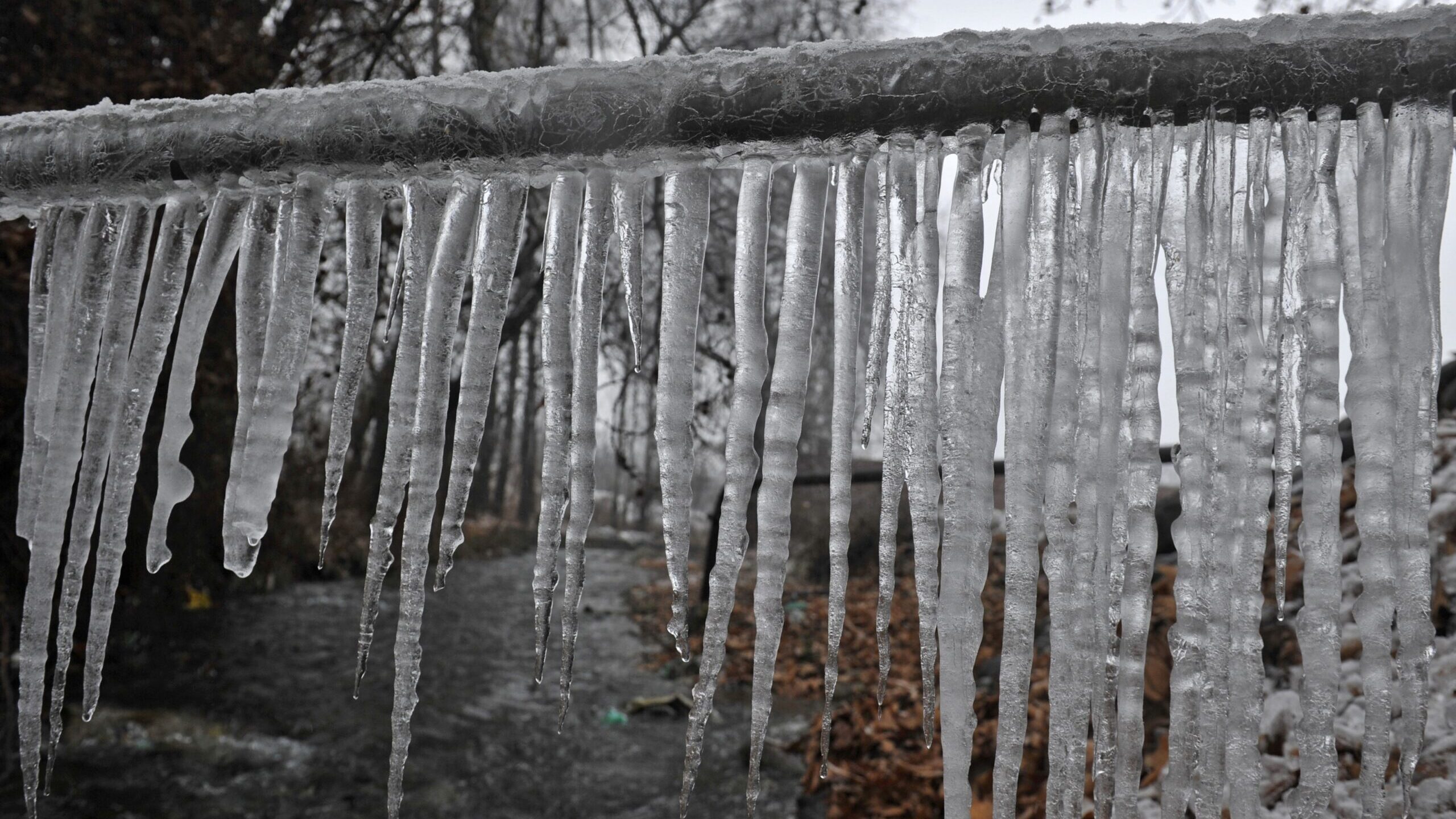How to Defend Your Pipes from Cold Weather: Professional Tips
Book Appointment NowWere you in search of additional info around 6 Ways to Prevent Frozen Pipes?

Winter can wreak havoc on your pipes, especially by freezing pipelines. Here's exactly how to stop it from taking place and what to do if it does.
Introduction
As temperature levels drop, the danger of frozen pipes increases, possibly bring about costly repair work and water damage. Comprehending how to prevent icy pipes is critical for homeowners in cold environments.
Prevention Tips
Protecting prone pipelines
Cover pipes in insulation sleeves or utilize heat tape to safeguard them from freezing temperatures. Focus on pipelines in unheated or external locations of the home.
Heating strategies
Keep indoor areas properly warmed, especially areas with pipes. Open up cupboard doors to allow cozy air to distribute around pipes under sinks.
Just how to determine frozen pipes
Try to find decreased water flow from taps, unusual odors or sounds from pipelines, and noticeable frost on subjected pipes.
Long-Term Solutions
Structural changes
Consider rerouting pipes far from exterior wall surfaces or unheated locations. Add extra insulation to attics, basements, and crawl spaces.
Updating insulation
Purchase premium insulation for pipelines, attic rooms, and wall surfaces. Appropriate insulation assists preserve constant temperatures and lowers the danger of icy pipes.
Securing Outside Plumbing
Garden hoses and exterior taps
Disconnect and drain garden hose pipes before winter. Install frost-proof spigots or cover outside faucets with insulated caps.
Recognizing Icy Pipelines
What triggers pipes to freeze?
Pipes freeze when revealed to temperature levels below 32 ° F (0 ° C) for extended periods. As water inside the pipelines freezes, it broadens, taxing the pipe wall surfaces and possibly triggering them to rupture.
Threats and problems
Icy pipes can lead to water supply disruptions, residential property damage, and expensive repair work. Ruptured pipelines can flood homes and create comprehensive architectural damages.
Indicators of Frozen Pipes
Determining frozen pipes early can avoid them from bursting.
What to Do If Your Pipelines Freeze
Immediate actions to take
If you think frozen pipelines, maintain faucets available to ease pressure as the ice thaws. Use a hairdryer or towels soaked in warm water to thaw pipelines gradually.
Conclusion
Preventing frozen pipes needs aggressive actions and fast reactions. By recognizing the reasons, indicators, and safety nets, homeowners can secure their plumbing throughout cold weather.
Helpful Tips to Prevent Frozen Pipes this Winter
UNDERSTANDING THE BASICS: WHY PIPES FREEZE AND WHY IT’S A PROBLEM
Water freezing inside pipes is common during the winter months, but understanding why pipes freeze, and the potential problems it can cause is crucial in preventing such incidents. This section will delve into the basics of why pipes freeze and the associated problems that may arise.
THE SCIENCE BEHIND FROZEN PIPES
When water reaches freezing temperatures, it undergoes a physical transformation and solidifies into ice. This expansion of water as it freezes is the primary reason pipes can burst. As the water inside the pipe freezes, it expands, creating immense pressure on the walls. If the pressure becomes too great, the pipe can crack or rupture, leading to leaks and water damage.
FACTORS THAT CONTRIBUTE TO PIPE FREEZING
Low Temperatures: Extremely cold weather, especially below freezing, increases the risk of pipes freezing. Uninsulated or Poorly Insulated Pipes: Pipes located in unheated areas, such as basements, crawl spaces, or attics, are more prone to freezing. Insufficient insulation or lack of insulation altogether exacerbates the problem. Exterior Wall Exposure: Pipes running along exterior walls are susceptible to freezing as they encounter colder temperatures outside. Lack of Heating or Temperature Regulation: Inadequate heating or inconsistent temperature control in your home can contribute to frozen pipes. PROBLEMS CAUSED BY FROZEN PIPES
- Pipe Bursting: As mentioned earlier, the expansion of water as it freezes can cause pipes to burst, resulting in significant water damage.
- Water Damage: When pipes burst, it can lead to flooding and water damage to your property, including walls, ceilings, flooring, and personal belongings.
- Structural Damage: Prolonged exposure to water from burst pipes can compromise the structural integrity of your home, leading to costly repairs.
- Mold and Mildew Growth: Excess moisture from water damage can create a favorable environment for mold and mildew growth, posing health risks to occupants.
- Disrupted Water Supply: Frozen pipes can also result in a complete or partial loss of water supply until the issue is resolved.
WHY CERTAIN PIPES ARE MORE PRONE TO FREEZING
- Location: Pipes located in unheated or poorly insulated areas, such as basements, crawl spaces, attics, or exterior walls, are at higher risk of freezing.
- Exterior Pipes: Outdoor pipes, such as those used for irrigation or exposed plumbing, are particularly vulnerable to freezing as they are directly exposed to the elements.
- Supply Lines: Pipes that carry water from the main water supply into your home, including the main water line, are critical to protect as freezing in these lines can affect your entire plumbing system.
- Underground Pipes: Pipes buried underground, such as those connected to sprinkler systems or outdoor faucets, can be susceptible to freezing if not properly insulated.
https://busybusy.com/blog/helpful-tips-to-prevent-frozen-pipes-this-winter/

As a keen person who reads on Helpful Tips to Prevent Frozen Pipes this Winter, I imagined sharing that article post was mandatory. Sharing is good. Helping others is fun. Thanks for being here. Revisit us soon.
Estimate Free